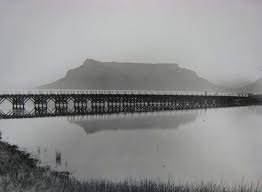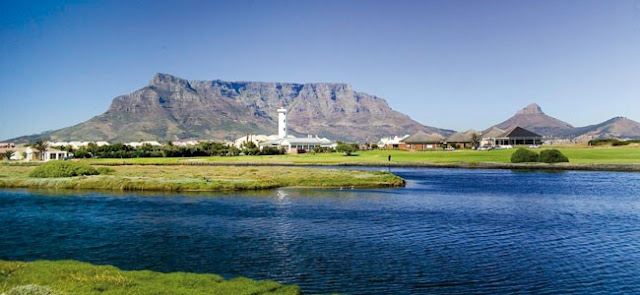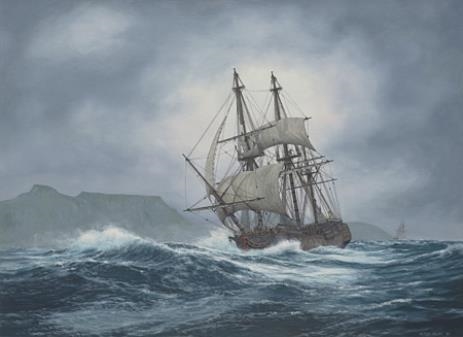The Milnerton Lagoon: Part 2

The Wooden Bridge In 1900-01, the Fortress Company of the Royal Engineers constructed a single-lane wooden bridge to give troops access to the “island” on the sea side of the lagoon, and thence up the coast. This bridge, made of jarrah (an Australian hardwood), was intended to be a temporary structure, but it is still standing to this day and is commonly known as “The Wooden Bridge”. The same Company built a similar bridge as a viaduct for the railway over the Salt River mouth, but this structure was demolished once the railway was no longer in operation. The wooden bridge c. 1903 (Photo: Ravenscroft Collection) ...



